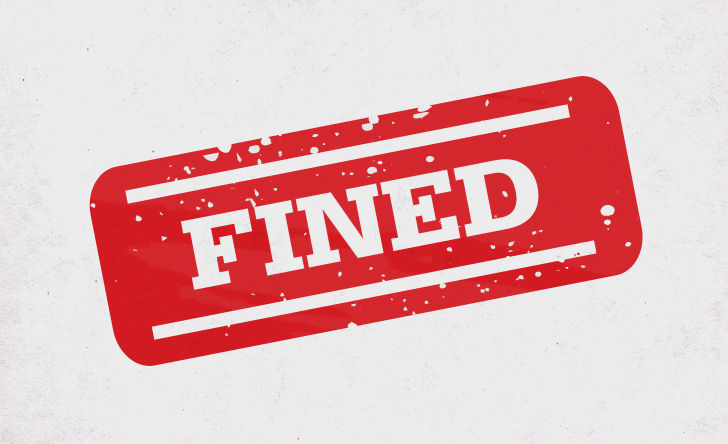Compared to the Canada Pension Plan (CPP), private pensions are subject to “far more regulations, are more complex in their make-up and face higher costs as a result,” finds a new study released June 5 by the Fraser Institute.
“The regulations governing private pension plans—which can lead to increased transparency and accountability—inevitably also increase costs, but often those same regulations and costs don’t apply to the Canada Pension Plan,” said Moin Yahya, Fraser Institute senior fellow, law professor at the University of Alberta and co-author of the study, Understanding the Regulatory Framework Governing Private and Public Pensions.
Disclosure regulations
The CPP is, for example, exempt from many customer-related and disclosure regulations such as regular financial statements, as well as provincial rules and industry-organization standards, says the study. Private plans, on the other hand, face all of these government-imposed regulations, which lead to additional costs, says the study.
“Too often people jump to the conclusion that the CPP’s comparatively lower costs are a function of efficiency, but the reality is that substantial regulations are imposed on private plans that the CPP avoids,” says Yahya.
Must account for transferability
Private pensions also have a number of characteristics that the CPP does not, which affect costs. In particular, private plans must account for transferability from one plan to another whereas CPP contributions are not transferable.
In addition, there are almost no laws allowing for the CPP to be sued for bad governance, so where the CPP enjoys substantial cost savings from not having to anticipate or defend against any liabilities, private pension plans are under near constant threat of litigation and must account for that.
“Understanding what actually drives the cost differences between the CPP and private alternatives is critical,” Yahya said.
To learn more, consult the study on the Fraser Institute’s website.







